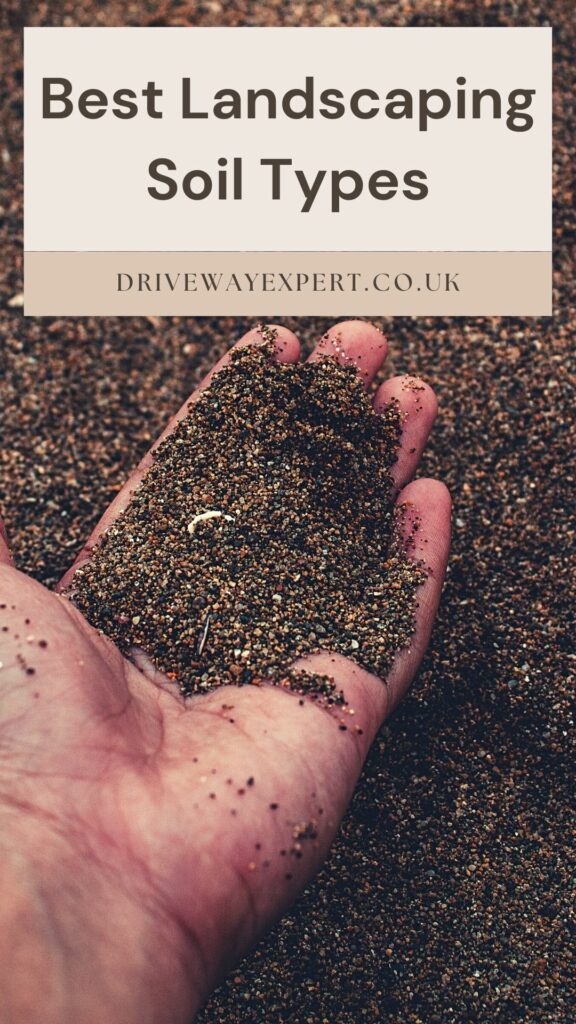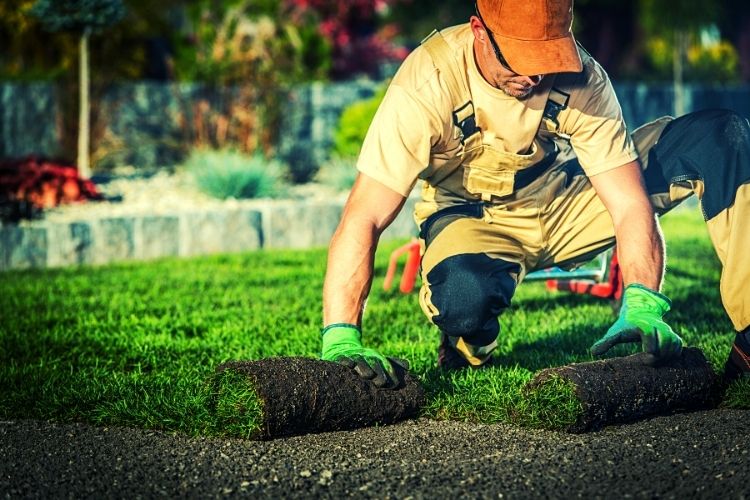If you have an outdoor area that is in need of sprucing up, you might decide to landscape it. This can help to improve the appearance and mask any nasty bits that are causing it to look less than desirable.
There are many things that you’ll need to consider when landscaping a garden or other outdoor space. If you’re keen to have a lot of plant life or flowers then you’ll need to make sure that they are able to thrive. This means starting from the ground up and part of that is choosing the right soil.
When it comes to soil types, you’ll notice that there are a lot to choose from. This can leave people scratching their heads and wondering what is the best landscaping soil.
In this guide, we’ll talk about some of the best landscaping soil types and why they’re beneficial to your design.

Table of Contents
Why Is It Important To Choose The Right Soil?
You should never underestimate the importance of choosing the right soil. Getting it wrong could lead to disaster when it comes to supporting plant life.
Soil is classed as organic and inorganic matter that lies on the surface of the earth providing support for plant growth. Without good soil, roots will struggle to develop and spread and the plant would not get enough water or nutrients.
When you choose the right soil, you’ll find that your plants thrive and even when growing from seed, they’ll burst forth with much more life. Different plants have different needs so it is worth checking out which types of soil are best according to what you are planning to plant.
Best Types Of Soil For Landscaping
If you’re keen to get your outdoor space looking perfect and being a place where plants can thrive, we would suggest the following types of soil.
Topsoil
If you are growing plants from seeds then topsoil is by far one of the best choices. This is a commercially produced type of soil that is bursting with added nutrients which plants need when they’re growing from seed.
Before you add any topsoil, it’s a good idea to use a tiller on the existing ground. This will allow you to mix the topsoil in because, if you don’t, then there is a risk of creating a water barrier. This then leads to insufficient drainage and when plants are exposed to too much moisture it can result in various problems including root rot.
Loam
For anyone trying to grow plants, loam is probably one of the best types of soil, bar none! It’s actually made up from all of the other types of soil and contains a lot more clay and silt whereas some soils are more sandy.
Loam is nowhere near as dense as some other soil types which means that it promotes excellent drainage. On top of this, the airflow within the soil will be much more free flowing which is great news for the roots.
Another benefit of loam is that it won’t suffer from wind erosion quite as much as sandy soils as it is typically a lot heavier.
Compost
Plants need nutrients to thrive and while there are some in existing soil, using compost really gives it a boost. That’s because compost is a mixture of decomposed organic matter which oozes nutrients. However, since it isn’t actually an official type of soil, it won’t support plant life on its own.
For this reason, you would generally add compost to other materials such as silt, sand or clay and till this into the existing ground. When you do this, you’ll notice improvements in both airflow and drainage.
Mulch
Again, mulch isn’t necessarily a type of soil but it’s highly recommended to add it on top if you want the best and most healthy plants. You can also add gravel to the mix for the same results.
These materials offer protection to the soil underneath, keeping it healthier and preventing things like moisture loss and erosion. But it doesn’t cut off the air supply under the soil so the roots won’t suffer.
When you add mulch, this will eventually rot over time which will then release more nutrients that are beneficial to the plant life.
Conclusion
Without the right type of soil, your plants won’t do as well and in some cases, they might not even thrive at all. If you’re planning an overhaul of your outdoor space, you’ll need to think about what materials you’re going to use.
While different plants have varying needs when it comes to soil, the products we have talked about in this guide are among the best landscaping soil types.


